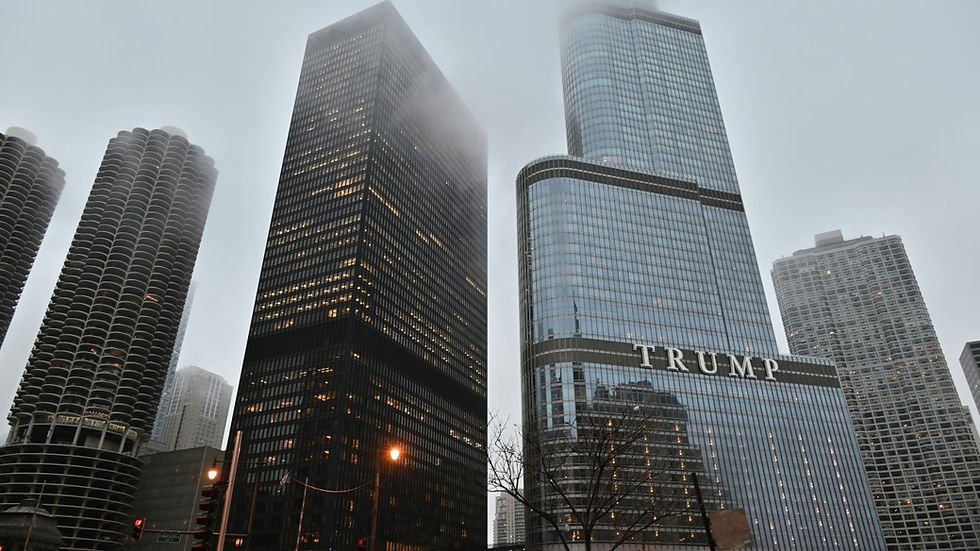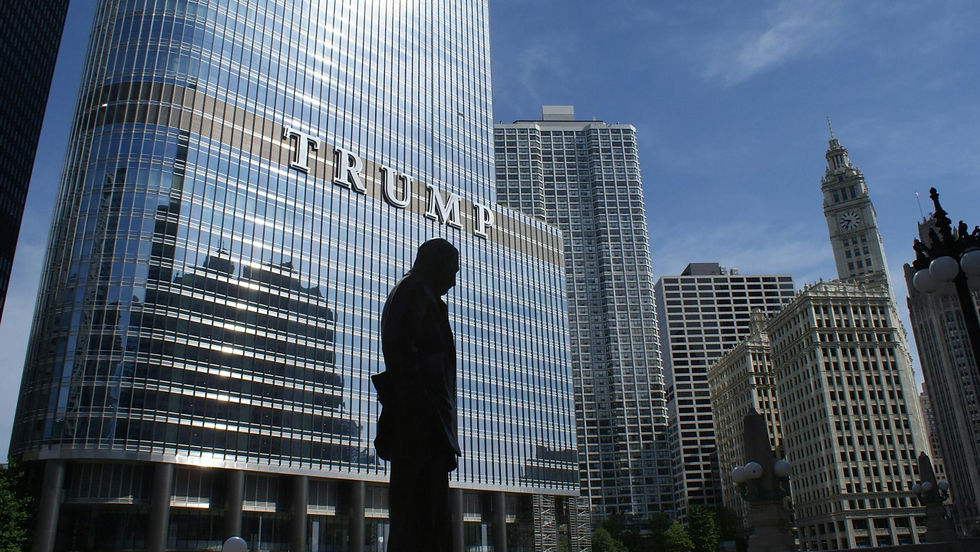A Great British Conclave
- info060991
- Jun 9
- 2 min read
While the world's gaze has been fixed on the drama unfolding in Rome - culminating in the white smoke that heralded the election of Robert Prevost, now Pope Leo XIV - a quieter succession process has been taking shape across on our fair island.
Justin Welby stepped down as Archbishop of Canterbury on the 12th of November 2024, bringing to a close more than a decade of service as the spiritual leader of the Church of England and as the symbolic head of the worldwide Anglican Communion. Since then, England’s ecclesiastical machinery has been busying themselves behind the scenes to find a suitable successor to be the King’s next Archbishop.
Unfortunately for us, Hollywood has not graced this process with an informative and riveting multi-million pound movie, so instead it has been left to Trafalgar to illuminate us all.
Unlike the Roman Catholic conclave, with its locked doors, whispered ballots, and divine drama, the Church of England favours a rather more sedate and committee-focused approach, one that could not be more British if it tried.
The process begins with the establishment of a Crown Nominations Commission (CNC), a body tasked with identifying and recommending a candidate to become the next Archbishop of Canterbury. Unlike Roman cardinals, no one is locked in any Michelangelo-decorated Chapels for days on end. Instead, they gather to pray and consider a consultation that all members of the Church and public have been invited to contribute to.
The CNC’s makeup reflects the national and international dimensions of the Archbishop’s role:
A layperson Chair, appointed by the Prime Minister.
A bishop, elected by the House of Bishops.
The Archbishop of York, the Church’s second most senior cleric.
Three representatives from the Diocese of Canterbury, chosen by its Vacancy in See Committee.
Six members of the General Synod (three clergy, three lay).
And five Anglican Communion representatives from Africa, the Americas, Asia and the Middle East, Oceania, and Europe.
Before deliberations begin, the aforementioned consultation takes place to assess the needs of the Church of England and the broader Anglican Communion. Only then does the CNC meet to consider potential candidates and discern who God might be calling to lead. They currently have meetings scheduled for May, July, and September of this year.
Once the Commission agrees on a candidate it submits the name to the Prime Minister. It is likely that Sir Keir will accept the CNC’s recommendation as has been standard practice since 2007. The Prime Minister then formally presents the chosen name to His Majesty The King, the Supreme Governor of the Church of England, who will give his assent.
Only after the King’s approval does the Prime Minister’s Office publicly announce the new Archbishop (designate) of Canterbury.
This measured, methodical process stands in stark contrast to the urgent ritualism of Rome. There are no chimneys, no cardinals, no Latin chants echoing through hallowed halls. Yet despite the lack of pomp, the decision is still monumental and massively profound. The Archbishop of Canterbury is not only the most senior bishop in the Church of England, but also a spiritual figure whose influence spans continents and centuries.
As the Anglican world awaits its next spiritual shepherd, the conclave may be British in tone, but its implications are universal.




Comments